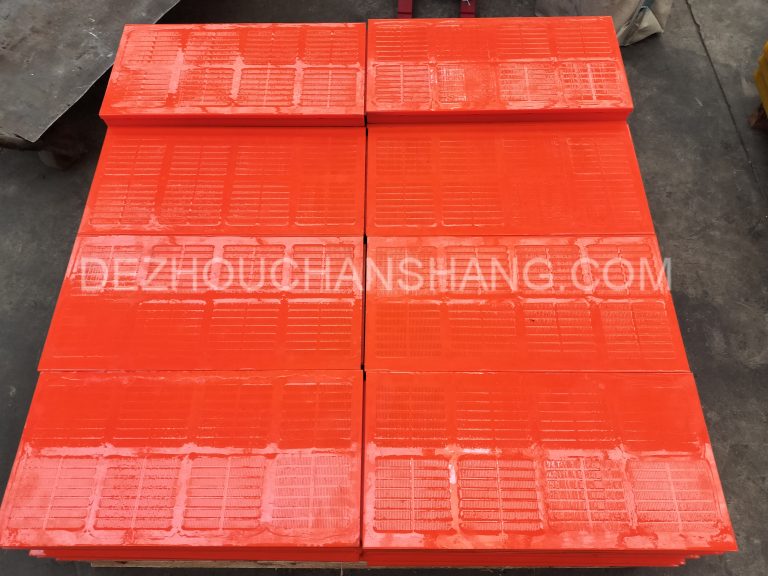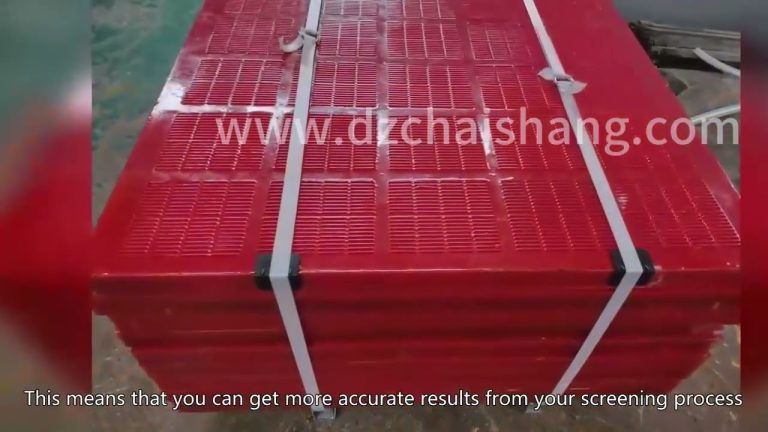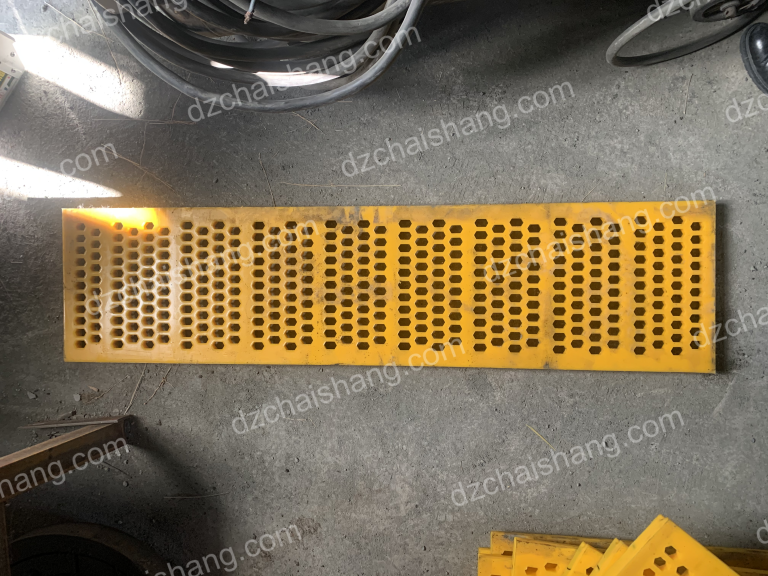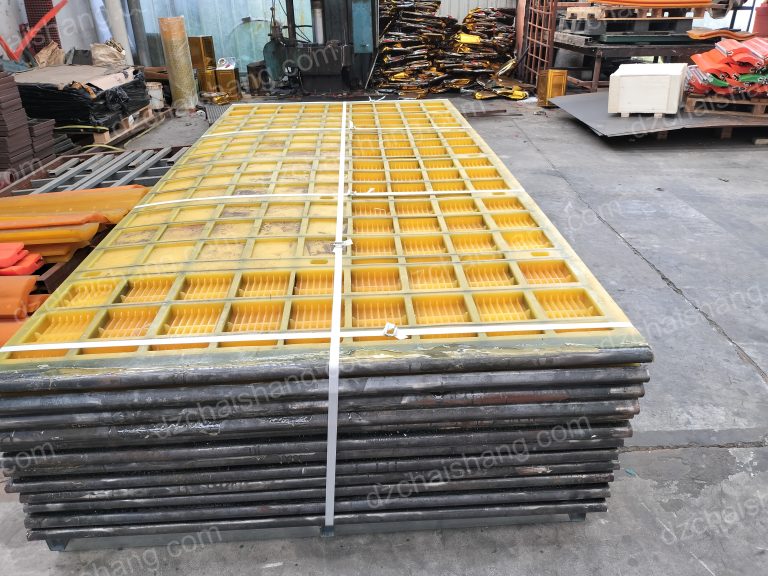優化聚氨酯絲網製造中的溫度控制
總而言之,溫度控制是聚氨酯絲網製造的關鍵面向。透過保持一致的溫度、監控原材料和模具的溫度、遵守建議的固化溫度以及確保生產設施的適當隔熱,製造商可以優化聚氨酯篩網的品質和性能。最終,溫度控制在生產滿足各行業需求的耐用、靈活和高性能的聚氨酯屏幕方面發揮著至關重要的作用。
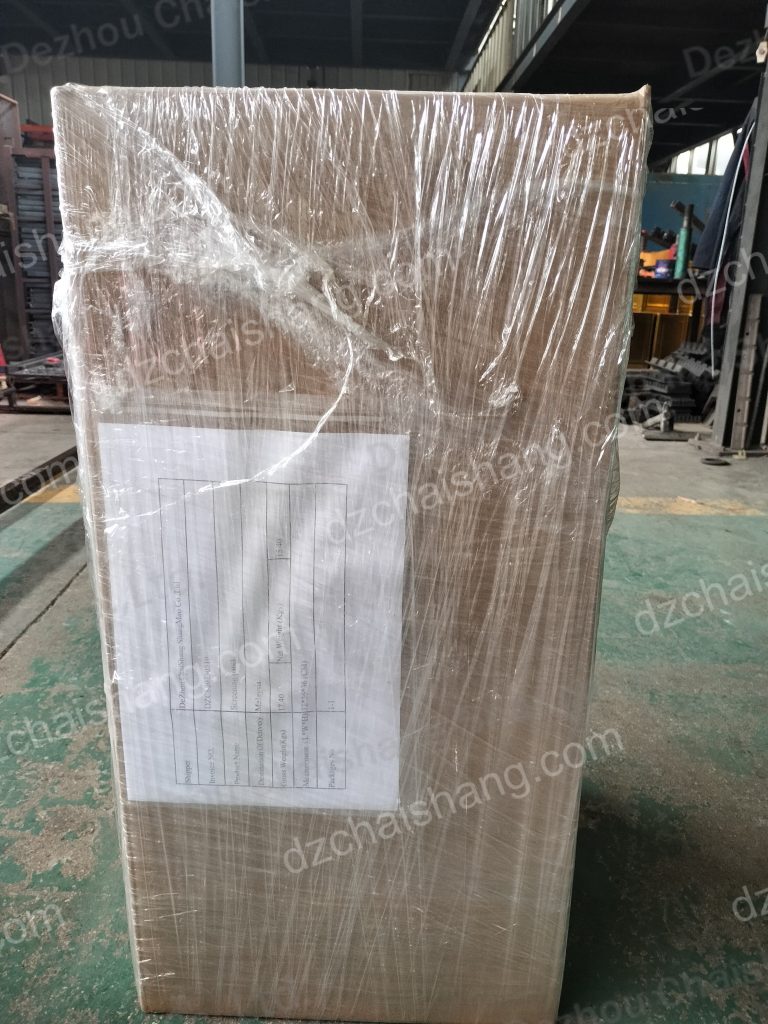
Temperature control plays a significant role in the production of polyurethane screens. It affects the curing process of the polyurethane material, which ultimately determines the quality and performance of the screens. To ensure optimal temperature control during the manufacturing process, polyurethane screen manufacturers need to pay close attention to several key factors.
First and foremost, it is essential to maintain a consistent temperature throughout the entire production process. Fluctuations in temperature can lead to inconsistencies in the curing process, resulting in defects in the polyurethane screens. To achieve this, manufacturers need to invest in high-quality heating and cooling systems that can accurately regulate the temperature in the production facility.
In addition to maintaining a consistent temperature, it is also crucial to monitor the temperature of the raw materials and molds used in the manufacturing process. The temperature of the raw materials can affect their viscosity and flow characteristics, while the temperature of the molds can impact the curing time and final properties of the polyurethane screens. By closely monitoring and controlling the temperature of these components, manufacturers can ensure that the screens are produced to the highest standards.
Another important factor to consider is the curing temperature of the polyurethane material. The curing temperature refers to the temperature at which the polyurethane material undergoes a chemical reaction to form a solid structure. This temperature is typically determined by the manufacturer based on the specific formulation of the polyurethane material. It is crucial to adhere to the recommended curing temperature to achieve the desired properties and performance of the polyurethane screens.
Furthermore, proper insulation of the production facility is essential to prevent heat loss and maintain a stable temperature environment. Insufficient insulation can lead to temperature fluctuations, which can negatively impact the quality of the polyurethane screens. By investing in adequate insulation, manufacturers can create a controlled environment that is conducive to the production of high-quality screens.
In conclusion, temperature control is a critical aspect of polyurethane screen manufacturing. By maintaining a consistent temperature, monitoring the temperature of raw materials and molds, adhering to recommended curing temperatures, and ensuring proper insulation of the production facility, manufacturers can optimize the quality and performance of polyurethane screens. Ultimately, temperature control plays a vital role in producing durable, flexible, and high-performing polyurethane screens that meet the needs of various industries.


